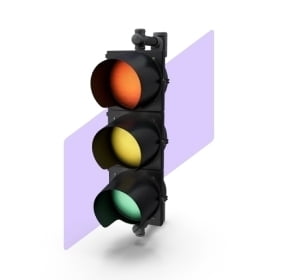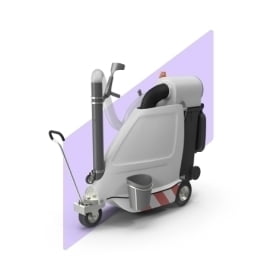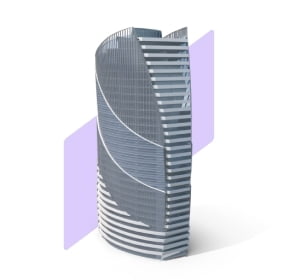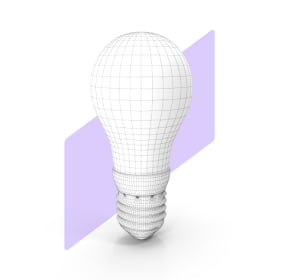Building the Future of Cities
Develop digital solutions for city infrastructure through IoT and AI technologies to improve citizens’ well-being and boost sustainable economic growth.
Smart cities use information and communication technology (ICT) like IoT, AI, machine learning, mesh networks, etc. to ensure sustainability, economic growth, and citizen welfare, by improving operational efficiency and the sharing of information between the public and the government.
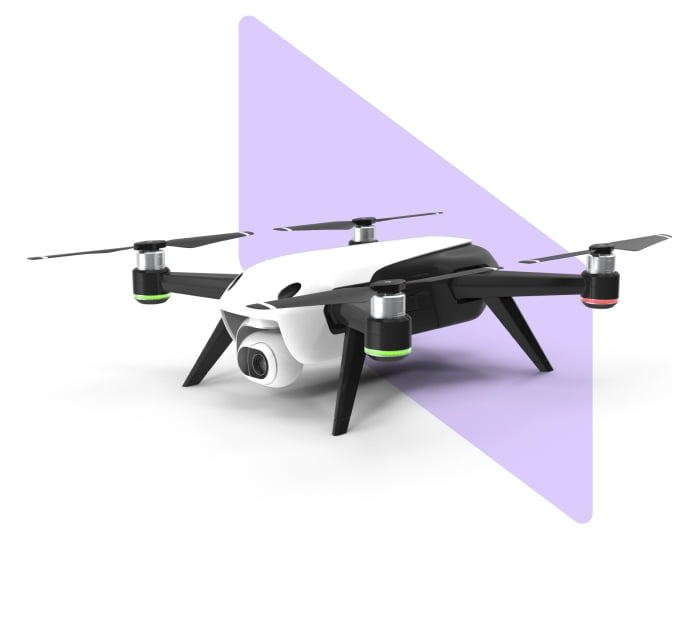
Building the Future of Cities
Develop digital solutions for city infrastructure through IoT and AI technologies to improve citizens’ well-being and boost sustainable economic growth.
Smart cities use information and communication technology (ICT) like IoT, AI, machine learning, mesh networks, etc. to ensure sustainability, economic growth, and citizen welfare, by improving operational efficiency and the sharing of information between the public and the government.
How Smart Cities Work
How Smart Cities Work
We Leverage IoT solutions
Eurisko develops and maintains smart & highly secure Internet of Things (IoT) systems for Smart Cities and various industries.
Improving Lives with Technology
Improving Lives with Technology
What Industries Benefit From IoT and Smart Cities?
TransportationThe transportation industry benefits from traffic management, smart infrastructure, monitoring road safety and areas of crime, predicting environmental incidents like hurricanes, floods, tsunamis, landslides… |
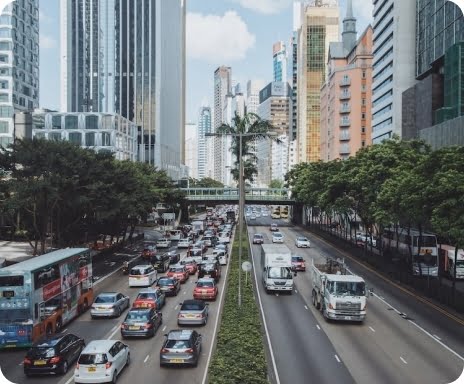 |
Real EstateInvesting in real estate will be more profitable as smart technologies offer more revenue-generating options and cost-saving solutions, like remote and real-time workspace management, the design, and sale of smart homes, and decentralized safe digital payment through blockchain and cryptocurrencies. |
 |
AgricultureAgriculture is the primary vital sector for human well-being with a growing population. Smart technologies upgrade the agriculture and farming with smart irrigation, advanced sensors, automation, smart greenhouses, agricultural drones, animal vitals, real-time data, soil chemistry, etc… |
 |
Smart GovernmentIn Smart Cities, governments are able to collect data in real-time, make informed decisions, predict fire risk in forests, monitor areas of high crime, detect leaks in pipelines, and facilitate communication and public services. |
 |
HealthcareReal-time healthcare response is always feasible, continuous health monitoring is conceivable, healthcare services are made more accessible, and there are an infinite number of digital payment alternatives in smart cities where homes, hospitals, infrastructure, and governments are digitally integrated and data-enabled.. |
 |
FAQs
The Internet of Things (IoT) is a network of physical devices, vehicles, home appliances, and other items embedded with sensors, software, and connectivity that allow them to collect and exchange data over the internet. These devices can communicate with each other and with centralized systems to perform tasks automatically and enable new forms of interaction between people and the physical world. IoT works by using sensors to collect data from the environment, transmitting that data over the internet, and analyzing it to trigger actions or provide insights.
A smart city is a city that uses technology, data, and connectivity to improve the quality of life for its citizens, enhance sustainability, and optimize urban services. IoT is used in smart city development by connecting devices and sensors throughout the city to collect data and enable real-time monitoring and management of critical systems such as traffic, energy, water, and waste management. This data is analyzed to optimize city operations, improve public safety, reduce costs, and enhance the overall quality of life in the city.
There are several benefits to using IoT in smart city development:
- Improved efficiency: IoT-enabled devices can help optimize city operations, reduce waste, and improve resource management, resulting in cost savings and increased efficiency.
- Enhanced sustainability: IoT can help cities reduce their environmental impact by optimizing energy use, reducing carbon emissions, and promoting more sustainable transportation.
- Improved public safety: IoT can be used to monitor traffic, public spaces, and critical infrastructure in real-time, enabling quick responses to emergencies and enhancing public safety.
- Improved quality of life: IoT can improve citizens’ quality of life by providing real-time information about transportation, public services, and other city resources, as well as enabling more personalized and efficient delivery of city services.
- Economic growth: IoT can support economic growth by fostering innovation, attracting businesses, and creating new job opportunities in technology and related fields.
Some challenges associated with implementing IoT in smart city projects include:
- Complex infrastructure: Implementing IoT in a city requires significant investment in infrastructure, such as sensors, communication networks, and data storage and processing systems.
- Data management: The volume and variety of data generated by IoT devices can be overwhelming, making it challenging to manage, store, and analyze.
- Interoperability: IoT devices and systems from different vendors may use different communication protocols or data formats, making it difficult to integrate them into a unified smart city system.
- Security and privacy: IoT devices are vulnerable to cyberattacks and can potentially expose sensitive personal or city data, creating significant security and privacy concerns.
- Citizen engagement: Engaging citizens and building trust in IoT-enabled systems can be challenging, as citizens may have concerns about privacy, security, and data ownership.
- Regulatory and legal issues: IoT implementation in smart cities may require compliance with local and national regulations, as well as addressing legal issues such as data privacy and liability.






